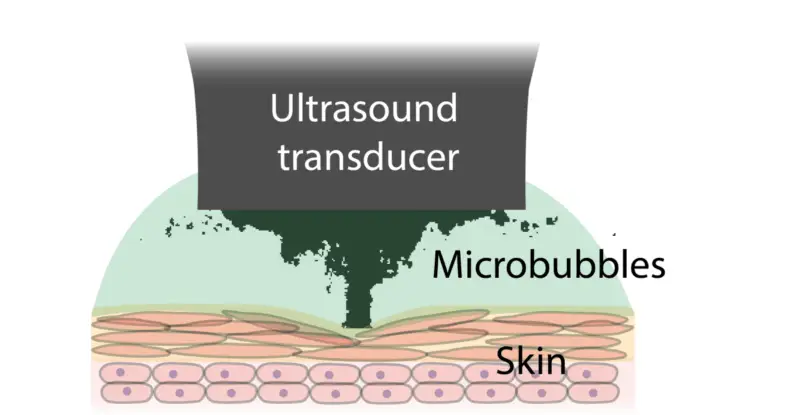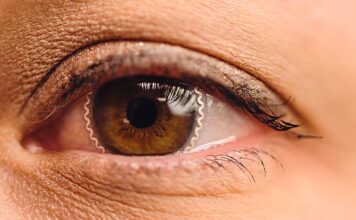When sticking the band-aid to a wound, we always worry that it will not stick well, it will fall off after moving it a bit and it will be wasted.
But now Canadian scientists have developed an experimental new wound band-aid that uses ultrasound to create microbubbles to ensure the gel adheres perfectly to the skin.
Usually we don’t stick the OK stretcher when the skin is wet, otherwise there is a high chance that it will slip off and not stick firmly.
Jianyu Li, a senior scientist at McGill University in Canada, said that bandages, medical adhesives, and OK bandages are commonly used medical adhesives in home follow-up clinics, but often cannot be closely adhered to wet skin, making the wound location difficult to adhere to. In addition, the durability of the Band-Aid is also very short, he added.
But the transparent hydrogel film developed by McGill University in Canada does not have this problem – because it is inherently wet, made of polyacrylamide or poly(N-isopropylacrylamide) polymer and alginate agglomeration glue, and finally combined with chitosan, gelatin nanoparticles or cellulose nanocrystal liquid primers.
The combination of each of the above materials is very effective. After the primer and hydrogel are applied to the wound, a small ultrasonic transducer can be used to let the ultrasonic wave pass through the hydrogel and generate a Cavitation that creates many small bubbles which pushes the primer down into the skin.

Therefore, the new OK bandage can fit the skin better than traditional bandages, and the greater the ultrasonic intensity, the tighter the fit. It can also add a layer of rubber on top of the hydrogel to prevent the gel from losing water.
Wound healing can also reverse the process to remove the hydrogel. In the future, the team hopes that the new hydrogel can not only protect the wound, but also have additional functions such as drug delivery.
Through this research team, it was found that as long as ultrasound and air bubbles are used to control the viscosity of OK stretchers, it is expected that there will be new progress in medical-grade adhesives in the future.
Integrating mechanics, materials and biomedical engineering, the team hopes that bioadhesives can also be applied in wearable devices, wound maintenance and regenerative medicine, Li said.




